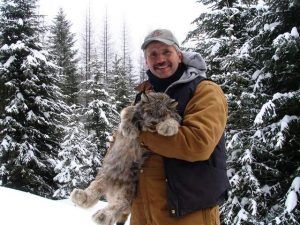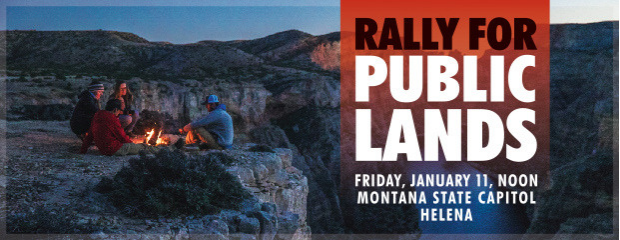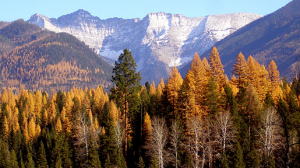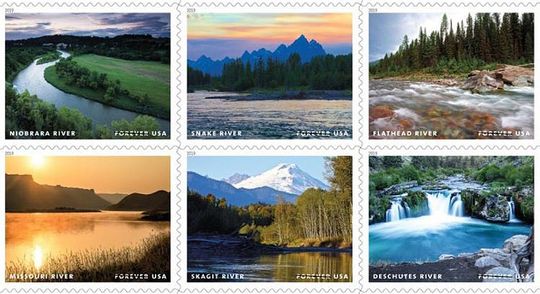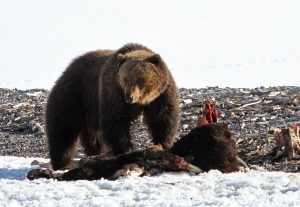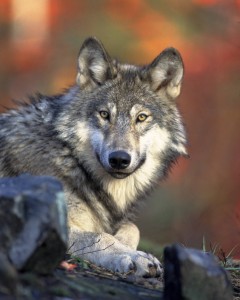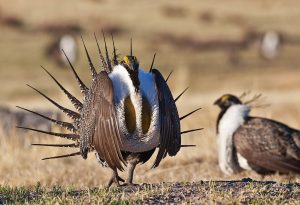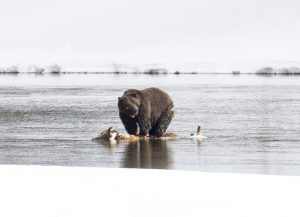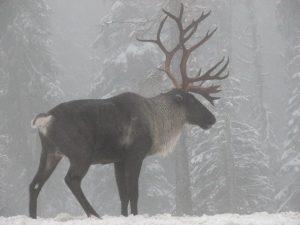
The Selkirks no longer have any mountain caribou on the U.S. side of the border . . .
The last mountain caribou to call the contiguous United States home made her exit from the wild, according to Science.
A team of biologists from British Columbia captured the female caribou in the Selkirk Mountains, just north of the United States-Canada border. They moved her to a captivity pen near the city of Revelstoke, where she will stay for at least a month, Science reports. It is believed that she is the only surviving member of the southernmost caribou herd, the final herd to spend its time on both sides of the border.
Canada’s caribou populations have been dwindling over the years as their habitats become increasingly threatened by those seeking the natural resources, including timber, gas, and oil, present there. Climate change has also been a major factor as it cripples food sources and creates irregular weather patterns, making it difficult for caribou to survive.
